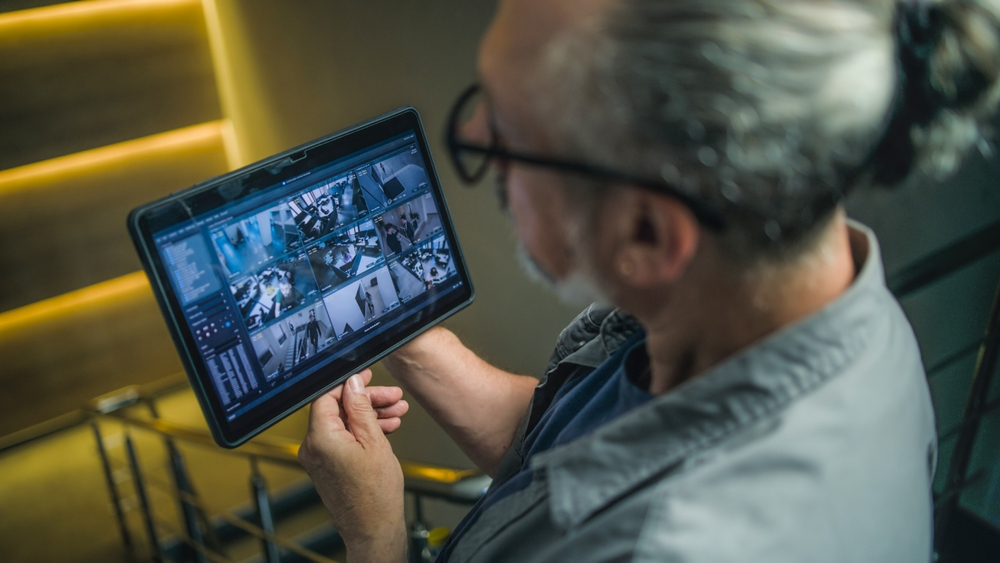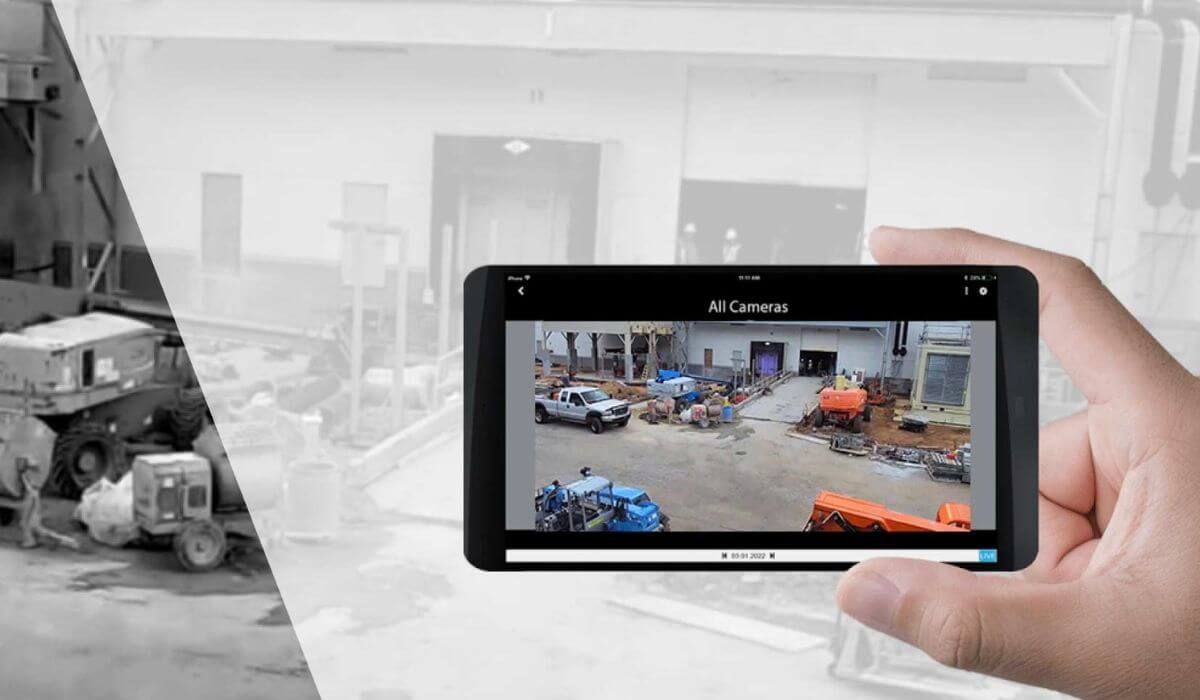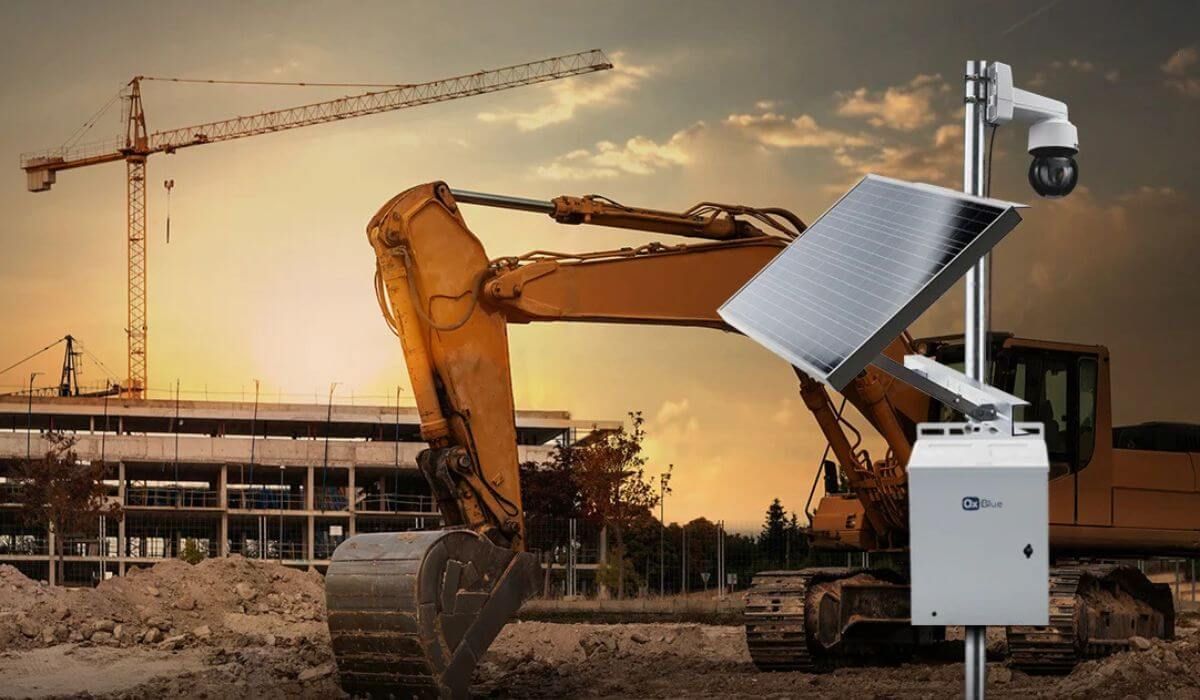Blockchain for Real-Time Monitoring of Security Systems
In today's digital age, traditional security systems face challenges like data breaches and delayed threat detection. With the rise of smart homes in Australia, there's a pressing need for real-time, tamper-proof monitoring solutions.
Blockchain, a decentralized ledger system, offers a solution by providing transparent and immutable records. By integrating blockchain in security, homeowners can ensure that surveillance data remains unaltered and trustworthy.

Understanding Blockchain in Security
What is Blockchain?
At its essence, blockchain is a decentralized ledger comprising a series of blocks, each containing data records. These blocks are cryptographically linked, ensuring that once data is recorded, it becomes immutable without consensus from the network. This structure provides a transparent and tamper-resistant system, making it ideal for security applications where data integrity is paramount.
Decentralization and Immutability
Traditional security systems often rely on centralized databases, which can become single points of failure. In contrast, blockchain operates on a decentralized network of nodes, eliminating this vulnerability. Each node maintains a copy of the entire blockchain, ensuring redundancy and resilience against attacks. The immutability of blockchain means that once data is recorded, it cannot be altered or deleted, providing a reliable audit trail for security events.
Transparency and Trust
Every transaction on a blockchain is transparent and verifiable by all network participants. In the context of security systems, this transparency ensures that any access or modification to surveillance data is recorded and can be audited. This fosters trust among users, as they can be confident that the data has not been tampered with and that any unauthorized access attempts are detectable.
Implementing Blockchain in Surveillance Systems
Blockchain Surveillance System Architecture
At the heart of a blockchain-integrated surveillance system lies a decentralized architecture where each surveillance device - be it cameras, sensors, or access points - is connected to a blockchain network. This setup ensures that every piece of data captured is immediately recorded onto the blockchain, creating an immutable ledger of events. Such a structure guarantees that once data is entered, it cannot be altered or deleted without consensus from the network, thereby preserving the authenticity of surveillance records.
Integration with Existing Infrastructure
One of the significant advantages of modern blockchain solutions is their compatibility with existing security infrastructures. Through the use of APIs, middleware, or custom interfaces, blockchain can seamlessly integrate with current surveillance systems without necessitating a complete overhaul. This means that homeowners and businesses can enhance their security measures by incorporating blockchain technology into their existing setups, ensuring a smooth transition to a more secure system.
Data Storage and Access Control
Blockchain's decentralized nature offers a robust solution for data storage and access control in surveillance systems. By storing surveillance data across a distributed network, the risk of data breaches or single points of failure is significantly reduced. Moreover, access to this data can be meticulously managed through smart contracts - self-executing contracts with the terms of the agreement directly written into code. These smart contracts can define who has access to specific data, under what conditions, and for how long, providing granular control over surveillance information.
For instance, in a residential setting, homeowners can grant temporary access to surveillance footage to service providers or guests, with the assurance that access will be revoked automatically after a specified period. This level of control not only enhances security but also ensures privacy and compliance with data protection regulations.

This is paragraph text. Click it or hit the Manage Text button to change the font, color, size, format, and more. To set up site-wide paragraph and title styles, go to Site Theme.



